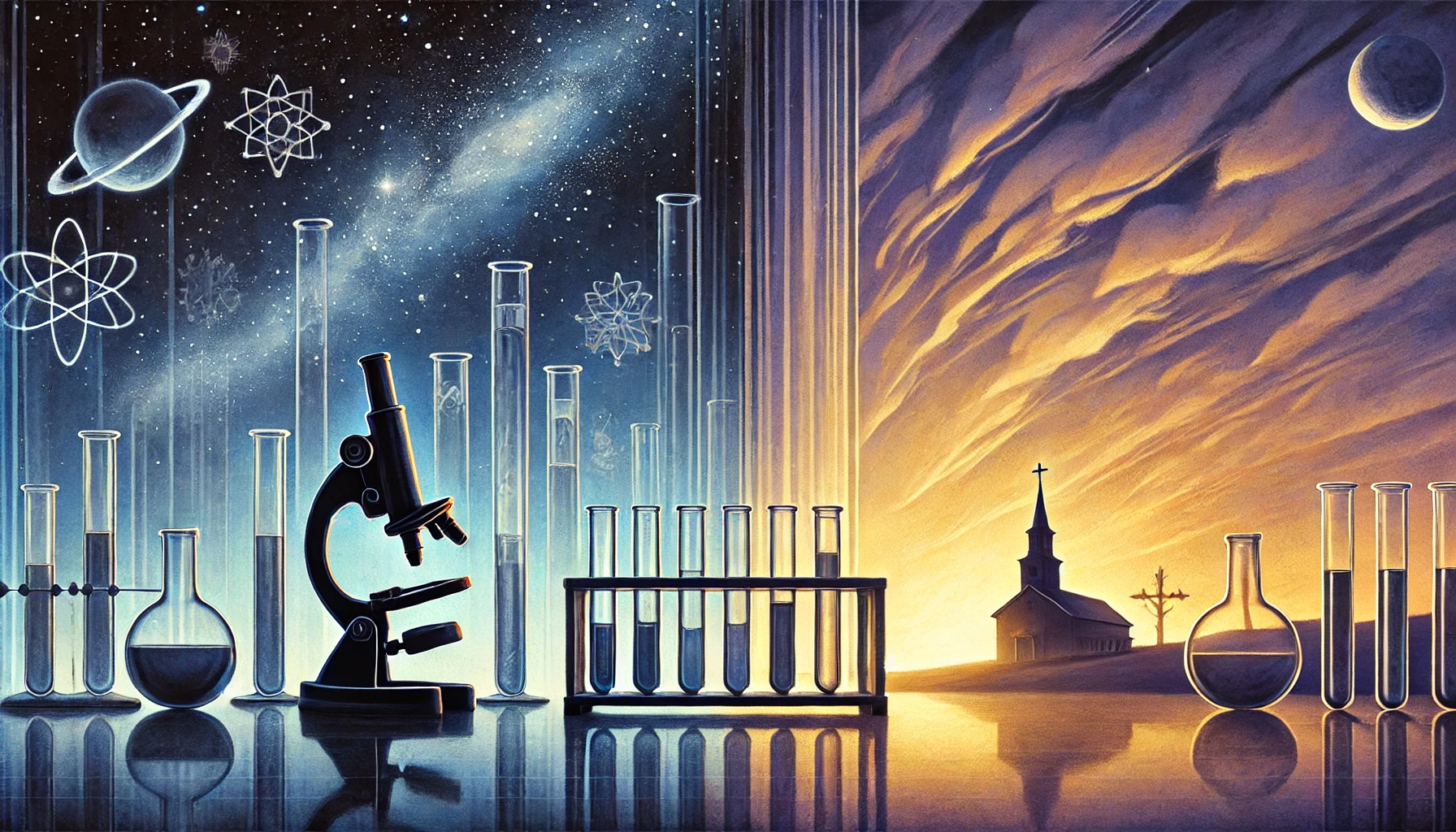
It’s not uncommon to hear someone say, “I need scientific evidence to believe in God.” This can be challenging to address, especially if the person asking comes from a scientific or skeptical background. In this blog article, we will explore what it means to want “scientific evidence,” how Christianity and the existence of God are often approached, and how one might respond to the person who desires hard, testable proof. The goal is to offer a balanced, understandable perspective fit for a high school senior while also providing references for further exploration.
Understanding the Call for Scientific Evidence
Science is a wonderful tool for understanding the physical world. It allows us to measure, predict, and test hypotheses about natural phenomena. For example, if we want to confirm whether a new medicine works, we conduct experiments, collect data, and analyze the results (Johnson & Case, 2019). This scientific method is very effective at answering questions about the natural, observable universe.
However, when someone says, “Show me scientific evidence for God,” they are asking science to step into a realm that might be beyond its direct scope. God, by most Christian definitions, is a spiritual being—One who exists outside the natural order and is not confined to physical, testable parameters (Craig, 1979). Asking for scientific proof of God can be similar to using a metal detector to look for plastic toys. The tool (science) might not be perfectly suited to the kind of evidence they are seeking.
Different Types of Evidence
- Scientific Evidence (Observable Data):
This is data that can be tested and repeated through the scientific method (Johnson & Case, 2019). For example, scientists can study the cosmic background radiation to learn about the beginnings of the universe (NASA, 2021). - Historical Evidence (Documents, Records):
When trying to understand a historical event (like who won a famous battle), we look at eyewitness accounts, government records, letters, or artifacts. We cannot recreate history in a lab, but we can still make reasonable conclusions from the written sources and archaeological discoveries (Habermas & Licona, 2004). - Philosophical/Logical Evidence (Arguments, Reasoning):
Philosophical arguments, like the Kalam Cosmological Argument, attempt to show that the universe had a beginning and therefore must have a “first cause” (Craig, 1979). This reasoning is not a “lab experiment,” but it uses logic to explore whether something or Someone must have started everything.
Examples and Analogies
1. The Wind and Its Effects
Think about the wind. You cannot see it directly, but you know it’s there because you see the leaves moving and feel it on your skin. Similarly, many Christians would argue that you cannot see God in a laboratory setting, but you can observe what they believe are indicators of God’s existence—such as the universe’s apparent design, moral laws shared by most human cultures, or personal experiences of faith (Lewis, 1952).
2. The Painting and the Painter
When you see a beautiful painting, you typically infer there was a painter. You may not have witnessed the painter creating the artwork, but the painting itself is evidence that someone with skill and intention made it. In the same way, some people see the complexities of nature—such as DNA, the cosmos’ fine-tuning, and the laws of physics—and argue these point toward a Creator (Keller, 2008).
Addressing the Skeptical Question
1. Limitation of Science Alone
Science might not be able to prove every aspect of God. This does not mean God does not exist; rather, it suggests science is not the only way of gaining knowledge (Plantinga, 2000). We use historical, philosophical, and even personal experiences to understand many truths in life that are not directly testable in a lab.
2. The Role of Faith and Reason
Christianity teaches that faith is not just wishful thinking; it is also “confident assurance” grounded in reasons such as fulfilled prophecy, historical documents about Jesus, philosophical arguments, and personal experiences (Lewis, 1952). It is a combination of evidence and trust, rather than a blind leap into the dark.
3. The Evidence of the Early Christian Claim
From a historical viewpoint, the records of Jesus’ life, death, and reported resurrection come from multiple sources (Habermas & Licona, 2004). While this is not “scientific evidence” in a laboratory sense, many historians treat these ancient documents (the Gospels, letters of Paul, etc.) with the same investigative methods used to study other historical events.
Conclusion
While science is excellent at exploring the natural world, it may not be fully equipped to address supernatural claims directly. Instead, those who believe in God and the claims of Christianity often look to a variety of evidences—scientific observations of a finely-tuned universe, historical records of Jesus’ life, and philosophical arguments about the beginning and purpose of the universe. These do not form a simple scientific “proof” of God, but they do provide a broader framework that many find compelling.
Ultimately, deciding whether to believe in God or the claims of Christianity involves considering different forms of evidence and how they fit together. It also requires an openness to the possibility that not all truths are found strictly through test-tube experiments. Just like understanding history or appreciating love, we sometimes need a broader lens through which to interpret the world around us.
References
Craig, W. L. (1979). The Kalam cosmological argument. Wipf and Stock Publishers.
Habermas, G. R., & Licona, M. (2004). The case for the resurrection of Jesus. Kregel Publications.
Johnson, B., & Case, C. (2019). Principles and methods of scientific research. Academic Press.
Keller, T. (2008). The reason for God: Belief in an age of skepticism. Riverhead Books.
Lewis, C. S. (1952). Mere Christianity. HarperCollins.
NASA. (2021). Big Bang. https://science.nasa.gov/astrophysics/focus-areas/what-powered-the-big-bang
Plantinga, A. (2000). Warranted Christian belief. Oxford University Press.